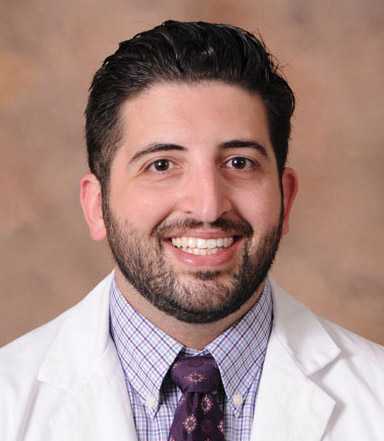Neuronavigation and Endoscopy as Adjunctive Tools in Orbital Floor Implant Revision: Surgical Management of Infected, Misplaced Orbital Floor Implant with Chronic Eyelid Fistula and Sinusitis
Table of Contents
- 1. Introduction
- 2. Surgical Approach
- 3. Transconjunctival Approach to the Orbital Floor and Removal of Infected Implant
- 4. Exposure of Entire Orbital Floor Defect and Preparation for New Implant
- 5. Placement of New Orbital Floor Implant
- 6. Examine and Consider Opening Up Maxillary Sinus
- 7. Closure
- 8. Post-op Remarks
1. Introduction
2. Surgical Approach
- Inject 1% Lidocaine with 1:100,000 Epinephrine
3. Transconjunctival Approach to the Orbital Floor and Removal of Infected Implant
- Start with Lateral Canthotomy
- Create Transconjunctival Incision While Preserving Tarsus
4. Exposure of Entire Orbital Floor Defect and Preparation for New Implant
- Expose Stable Remaining Medial Orbital Wall
- Estimate Length and Shape of Implant
5. Placement of New Orbital Floor Implant
- Use Malleables to Retract Orbital Content Superiorly; Prepare for Implant Placement
- For Complex Revision Cases, Use Neuronavigation to Check for Implant Positioning
- Secure Implant with Screws
6. Examine and Consider Opening Up Maxillary Sinus
7. Closure
- Address Eyelid Fistula Site
- Close Transconjunctival Incision
- Close Lateral Canthotomy
- Resuspend Lateral Canthus







